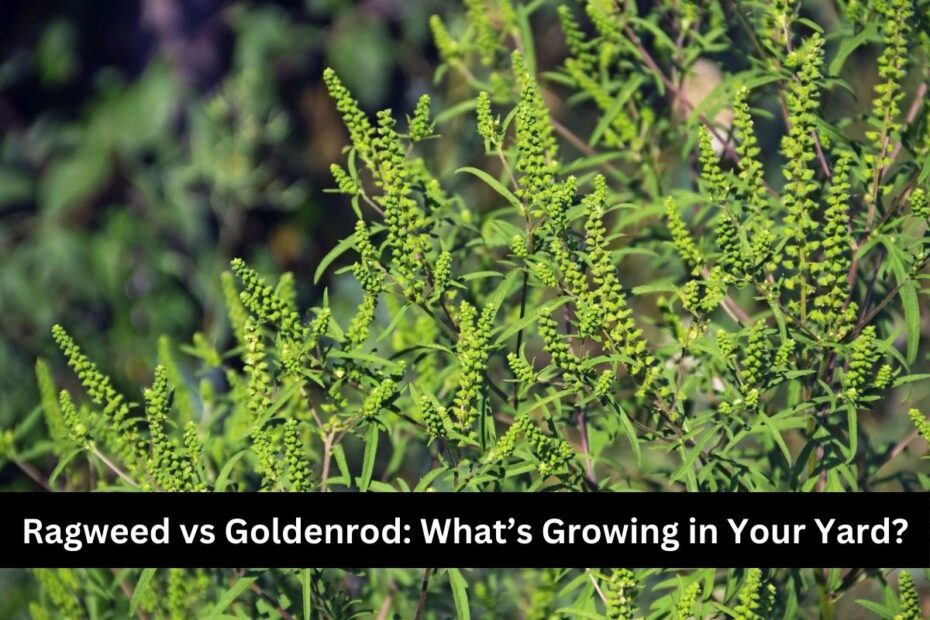Ragweed vs Goldenrod: What’s Growing in Your Yard? :- When allergies hit in late summer, a lot of people think goldenrod is to blame for their runny noses and itchy eyes.
Ragweed, on the other hand, is often to blame. Both plants are common in North America and bloom around the same time, but they look, act, and affect allergy suffers in very different ways.
Also See :- 10 Purple Perennials to Plant for Beauty Each Year
Ragweed, or Ambrosia artemisiifolia, is known to cause allergies. This plant usually grows in fields, along roadsides, and in places that have been disturbed.
Ragweed is a tough plant that can get up to five feet tall. Its flowers are small, green, and unremarkable, but they make a lot of pollen. Ragweed pollen is very light and can fly for miles in the wind, which is a big reason why so many people get hay fever.
In a season, one ragweed plant can spread more than a billion pollen grains that can hurt people all over the world.
Goldenrod (Solidago spp.), on the other hand, is often wrongly blamed for allergy symptoms since it grows at the same time as ragweed. The bright yellow flowers that grow in groups along the roots of goldenrod make it easy to spot.
Goldenrod pollen is heavy and sticky, which makes it less likely to fly than ragweed pollen. Instead, animals like bees and butterflies do most of the pollinating. In other words, goldenrod is not a big cause of airborne allergies, even though it looks nice.
How to Tell the Difference Between Ragweed and Goldenrod
You can better take care of your garden and your allergies if you know whether you have ragweed or goldenrod in your yard. Ragweed has fern-like leaves with deep lobes, and it grows straight up, often in a scraggly way.
The flowers are small and green, and they don’t have the bright colors that most blooming plants have. Its leaves, on the other hand, are smoother, smaller, and may have a serrated edge.
The bright yellow flowers are easy to spot, and they grow in dense groups that are beautiful to look at.
Taking Care of Ragweed in Your Yard
Ragweed can spread pollen, so if you find it in your yard, get rid of it before it flowers. It might help to pull it out by the roots or cut it down, but be careful if you have allergies. Putting on gloves and a mask can keep you from getting exposed.
Finally, goldenrod might catch your eye, but ragweed, which is less noticeable, is probably what’s making your allergies worse.
Finding ragweed in your yard and getting rid of it can help you enjoy being outside with fewer symptoms.
